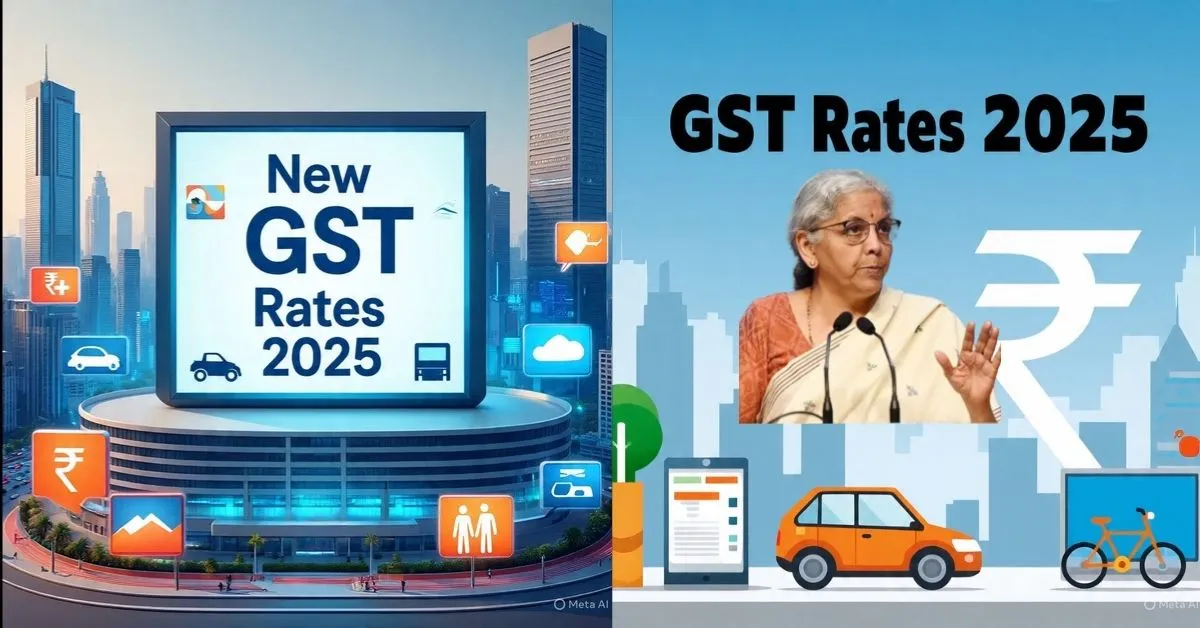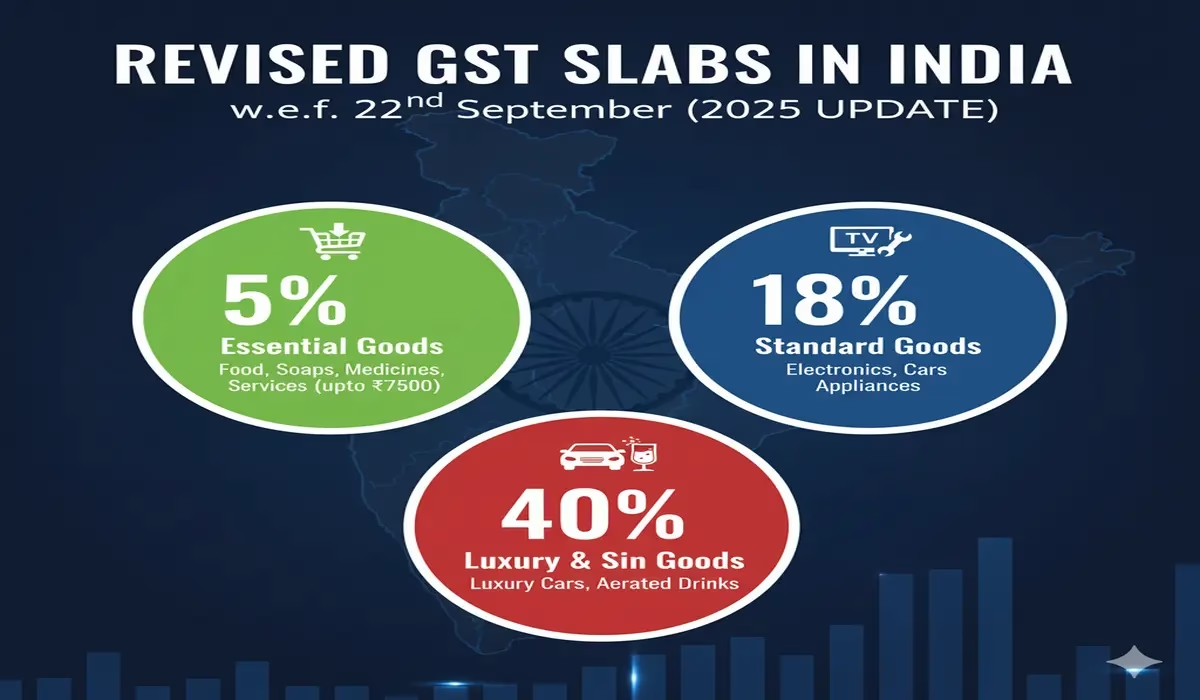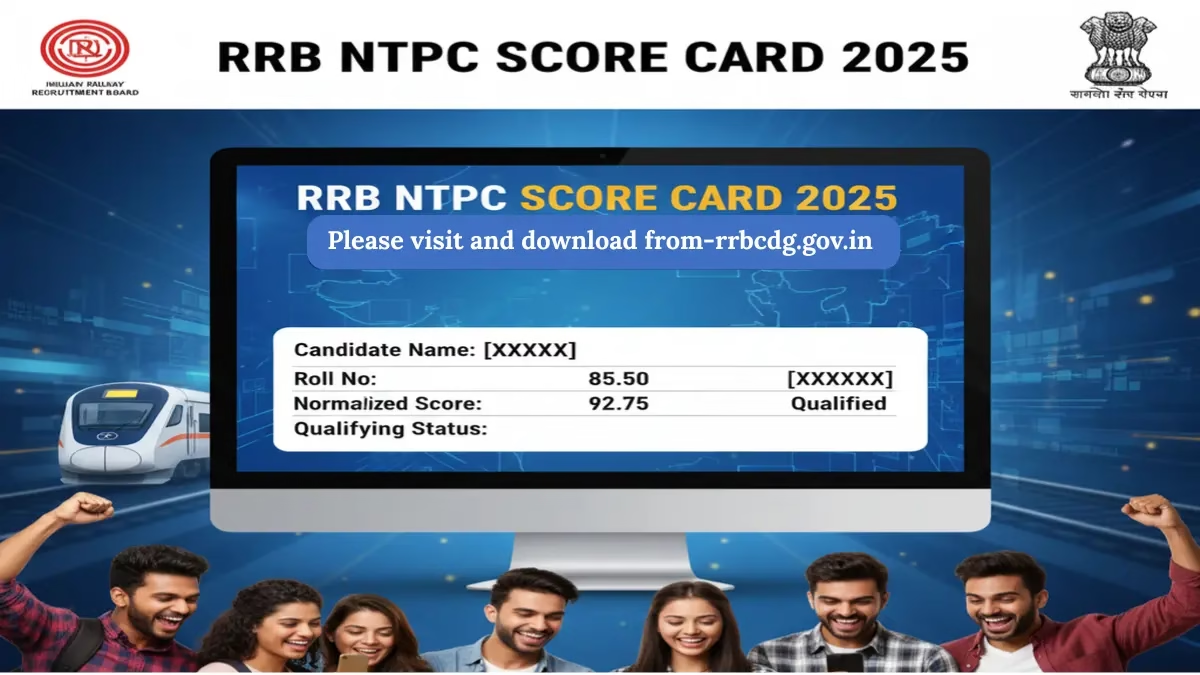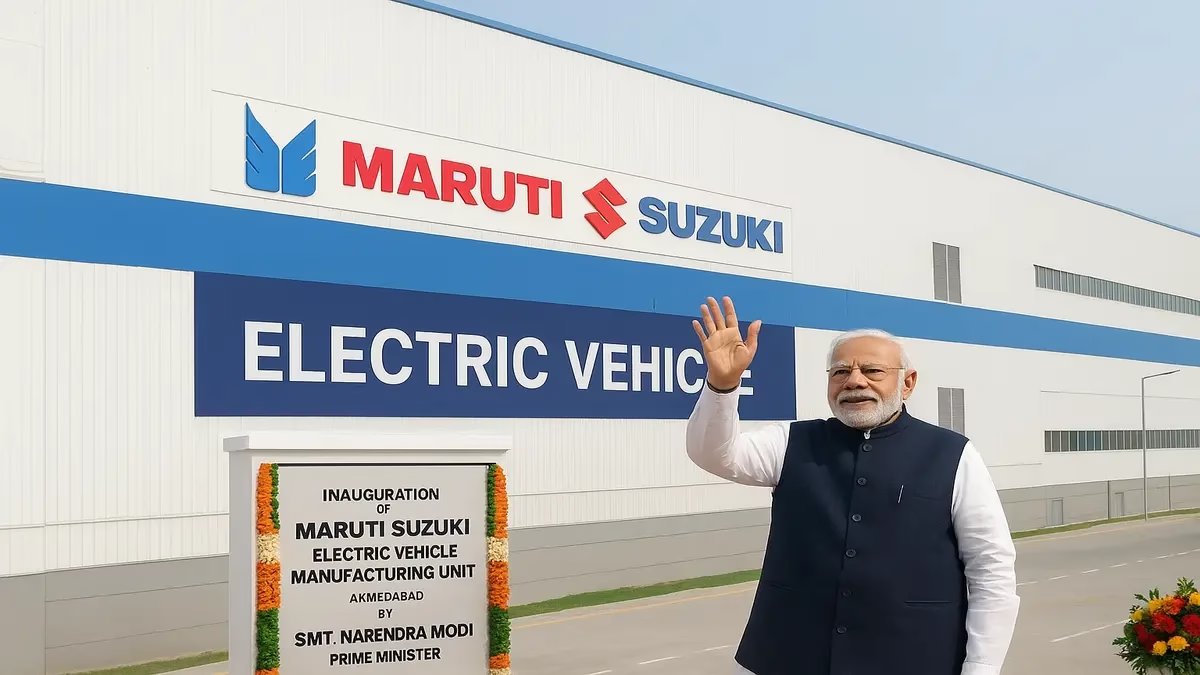The Goods and Services Tax (GST) is something every Indian deals with, whether buying groceries, paying phone bills, or purchasing a new car. It directly affects how much we spend in our daily lives.
In September 2025, the Government of India rolled out the Next-Gen GST Reform, a much-awaited step aimed at making the system simpler and fairer. With fewer tax slabs and reduced rates on many essentials, the new GST structure is expected to help both common people and businesses.
Let’s break down the new GST rates, what’s changed, and how it impacts your pocket.
Current GST Slabs before September 2025
Before the new reforms, GST in India had multiple tax brackets. Here’s what the structure looked like until 21st September 2025:
| Slab | Examples of Items/Services |
| 0% (Exempt) | Fresh fruits, vegetables, milk, bread |
| 5% | Packaged food, basic necessities |
| 12% | Butter, ghee, processed food, stationery |
| 18% | Services (restaurants, telecom, banking), toiletries, hair oil, cosmetics, capital goods |
| 28% | Electronics (TV, refrigerators, AC), small cars, bikes, cement, paints, luxury goods, tobacco |
This multi-layered system often caused confusion and made compliance difficult for businesses.
New GST Slabs (Effective 22nd September 2025)
The GST Council approved a simplified structure with just four slabs. Here’s what the new system looks like:
| New Slab | Examples of Items/Services |
| 0% GST | Essentials (milk, bread, vegetables, curd), health & life insurance, exercise books, notebooks, maps, charts |
| 5% GST | Packaged food, medicines, footwear, small household goods, stationery, agriculture machinery |
| 18% GST | Restaurant services, telecom, banking, electronics (TV, AC, washing machines, laptops), motorcycles below 350cc, cars below 1200cc |
| 40% GST (Special Slab) | Luxury cars, premium bikes, aerated & sugary beverages, tobacco, cigarettes, and other sin goods |
👉 Key Highlight: The old 12% and 28% slabs are gone. Now most items fall under 5% or 18%, making GST simpler and easier to follow.
Key Features of NextgenGST Reform 2025
Simpler Structure – Just two main slabs (5% and 18%), plus 0% for essentials and 40% for luxury/sin goods.
Relief for Common Man – Essentials, insurance, and many household items now attract lower tax.
Fair Burden Distribution – Luxury goods and harmful products face the highest rate of 40%.
Ease of Compliance – Filing GST returns online becomes easier with fewer categories.
Current vs New GST Rates: Side-by-Side Comparison
Here’s a detailed comparison of old GST vs new GST rates to show what’s cheaper and what’s costlier after 22nd September 2025:
| Item/Service | Old GST Rate (Till 21st Sep 2025) | New GST Rate (From 22nd Sep 2025) |
| Hair oil, shampoo, toiletries | 18% | 5% |
| Butter, ghee, cheese | 12% | 5% |
| Personal health & life insurance | 18% | Nil |
| Air conditioners | 28% | 18% |
| TV & refrigerator | 28% | 18% |
| Small cars (≤1200cc) | 28% | 18% |
| Bikes (≤350cc) | 28% | 18% |
| Tableware, kitchenware, bamboo furniture | 12% | 5% |
| Stationery (pencils, charts, notebooks) | 12% | 5% |
| Cement | 28% | 18% |
| Hotel tariffs up to ₹7,500 | 12% | 5% |
| Agriculture machinery (tractors, sprinklers) | 12% | 5% |
| Sugary & aerated drinks | 28% | 40% |
| Luxury cars & premium bikes | 28% | 40% |
| Tobacco, cigarettes, sin goods | 28% | 40% |
| Milk, bread, curd, vegetables | Nil | Nil |
What Gets Cheaper Under Nextgen GST?
The 2025 GST reform is designed to bring relief to households. Here’s what becomes lighter on your wallet:
Insurance Premiums: Both health and life insurance are now exempt from GST.
Household Goods: Toiletries, hair oil, soaps, packaged food, footwear, and bamboo furniture now fall under 5%.
Electronics & Appliances: TVs, refrigerators, ACs, washing machines, and laptops are down from 28% to 18%.
Small Automobiles: Cars below 1200cc and bikes under 350cc now attract 18% instead of 28%.
Agriculture Support: Machinery like tractors, drip irrigation systems, and sprinklers moved to 5%, reducing farming costs.
What Remains the Same?
Some categories continue under similar rates:
Essentials – Items like milk, bread, vegetables, fruits remain tax-free.
Most Services – Telecom, banking, restaurants, and education services remain in the 18% slab.
What Becomes Costlier?
Luxury and sin goods have been hit with the new 40% slab:
Luxury Cars & Premium Bikes – Buyers of high-end vehicles will face steeper taxes.
Tobacco & Cigarettes – Heavily taxed to discourage consumption.
Sugary Beverages – Aerated and caffeinated drinks now fall in the 40% slab to promote healthier choices.
Why did the Government introduce these changes?
The GST Council’s main goals with the reform were:
Simplification—Fewer slabs mean less confusion for businesses and taxpayers.
Fairness—Lower taxes on necessities, higher taxes on luxuries.
Boost to Economy—Affordable rates for everyday items encourage higher spending.
Health & Lifestyle Push – Costlier sin goods discourage unhealthy consumption.
When Do the Nextgen GST Rates Apply?
The new GST rates are effective from:
📅 22nd September 2025
This date was chosen strategically, ahead of the festive season, to boost consumer demand and give people more purchasing power.
Conclusion
The New GST Rate List 2025 is one of the biggest reforms since GST was introduced in India. By reducing the slabs and making taxation simpler, the government has taken a major step toward:
- Making essentials cheaper
- Supporting middle-class families
- Encouraging business compliance
- Putting more burden on luxury and sin goods
With the revised structure, GST is now easier to understand, fairer in application, and better aligned with India’s growing economy.
If you’re planning to buy electronics, cars, or insurance after 22nd September 2025, expect your bills to be lighter. But if you’re eyeing a luxury car or cigarette pack, prepare to spend more.










